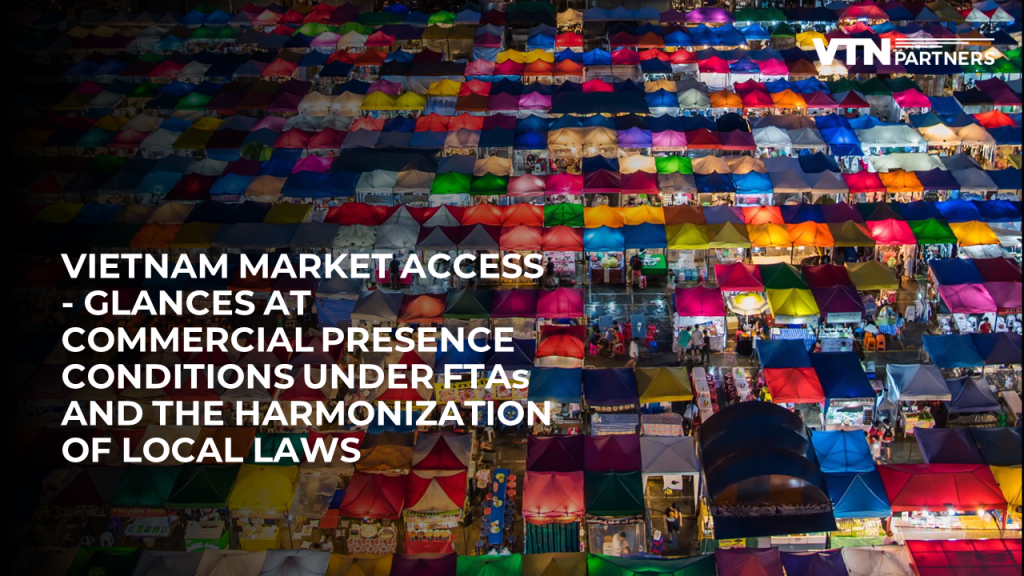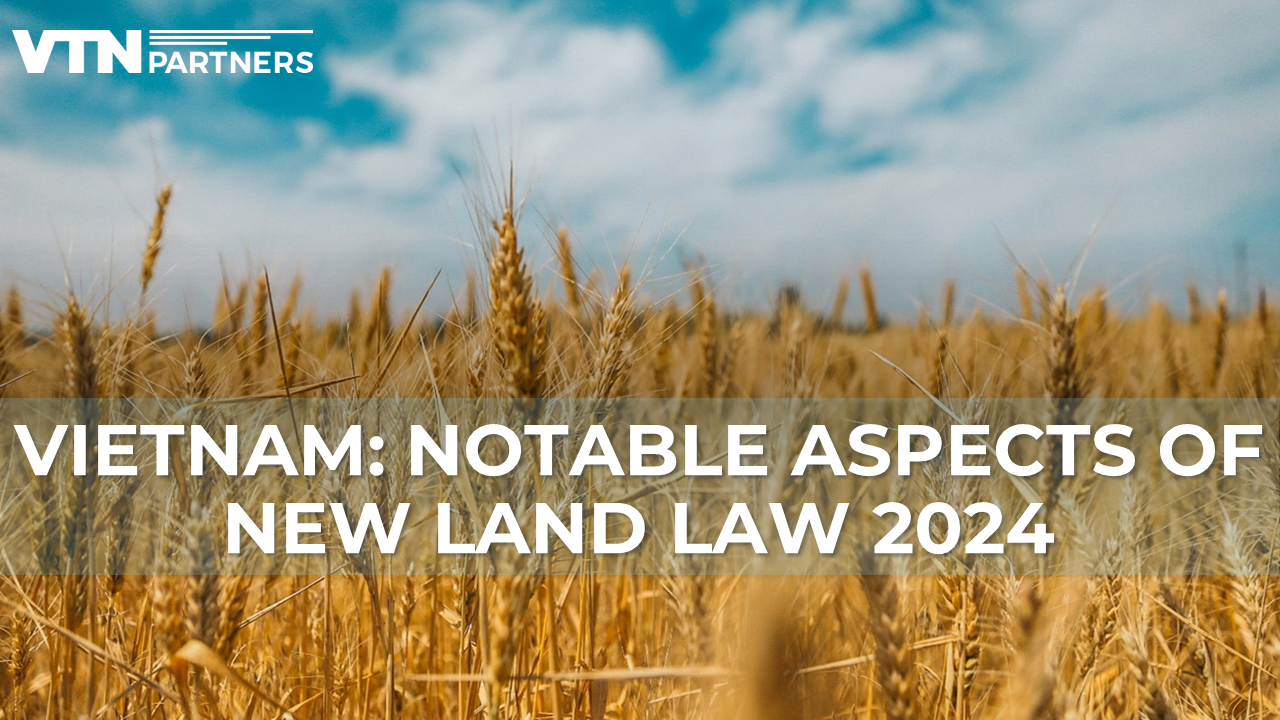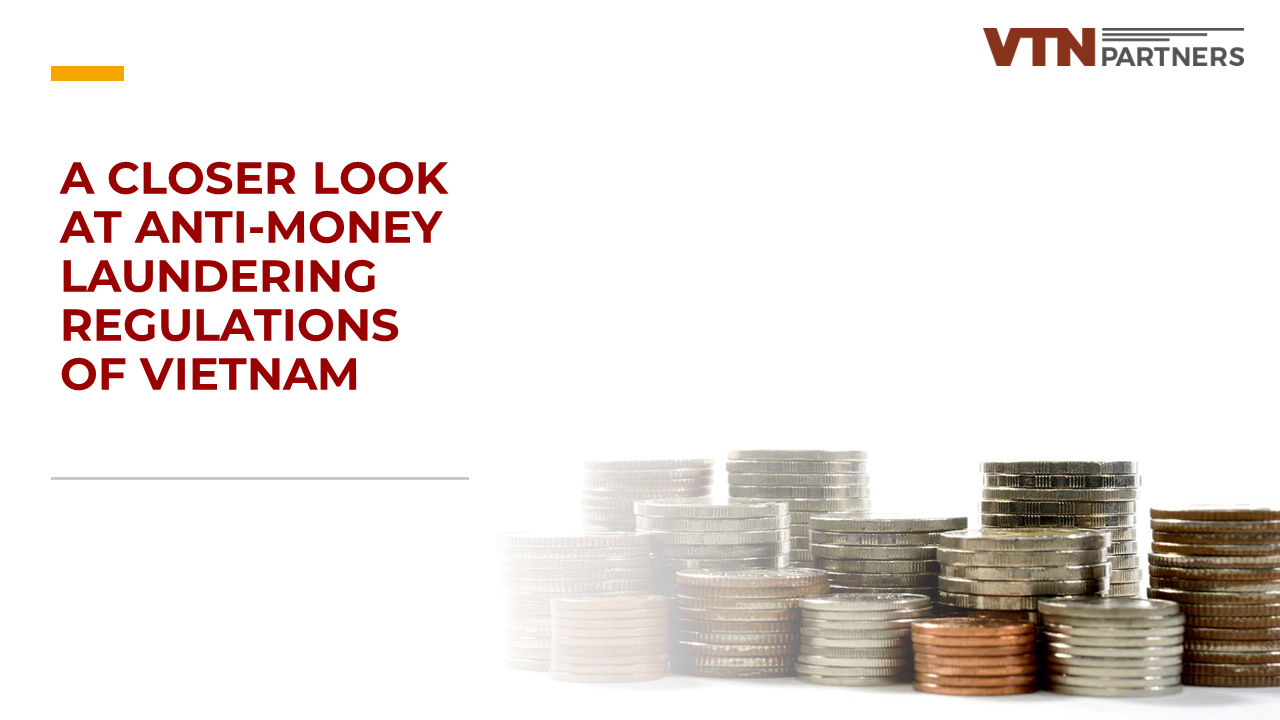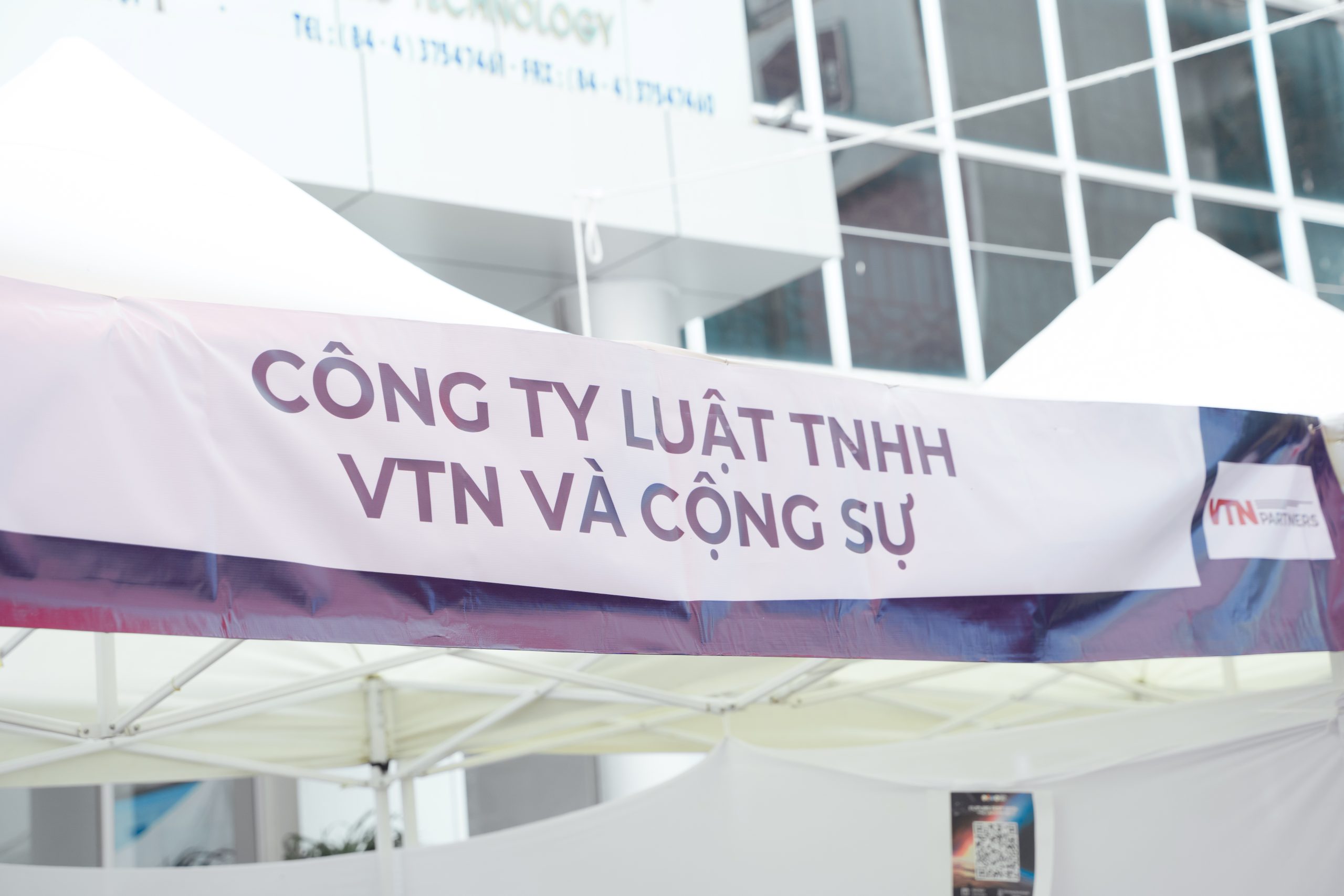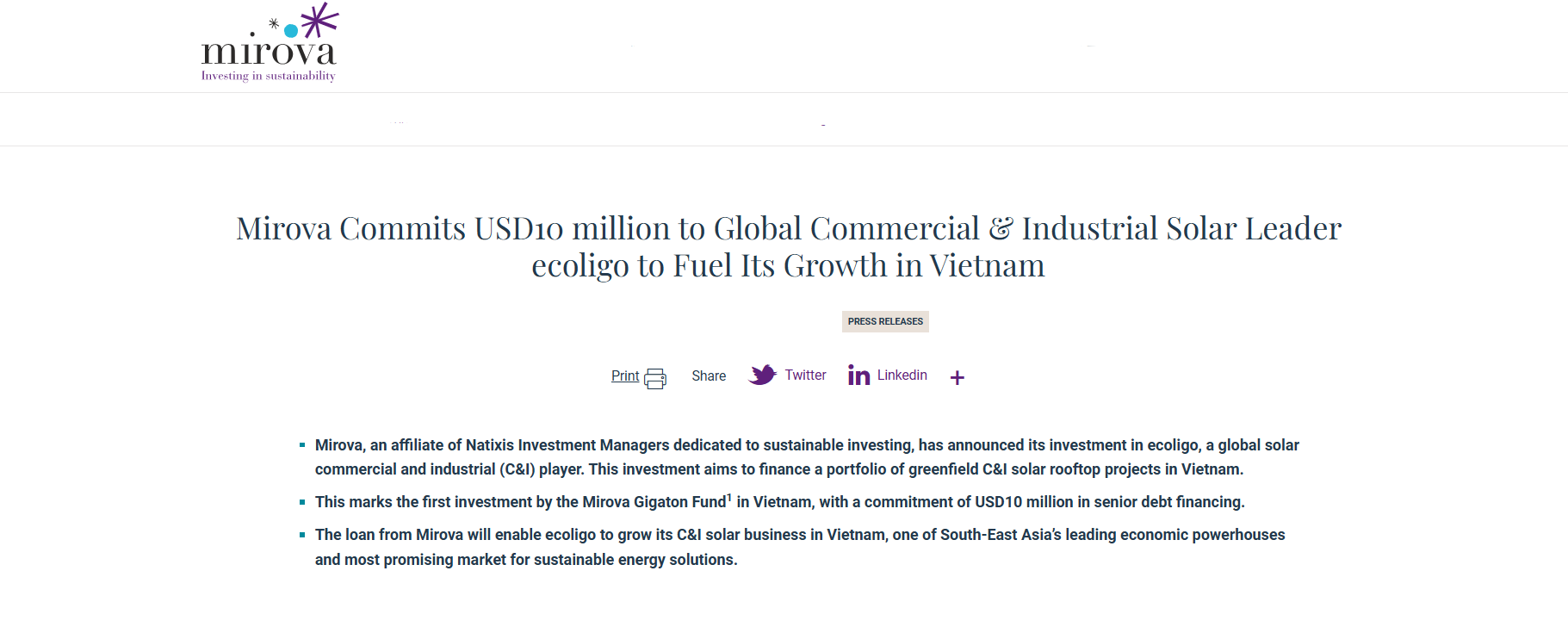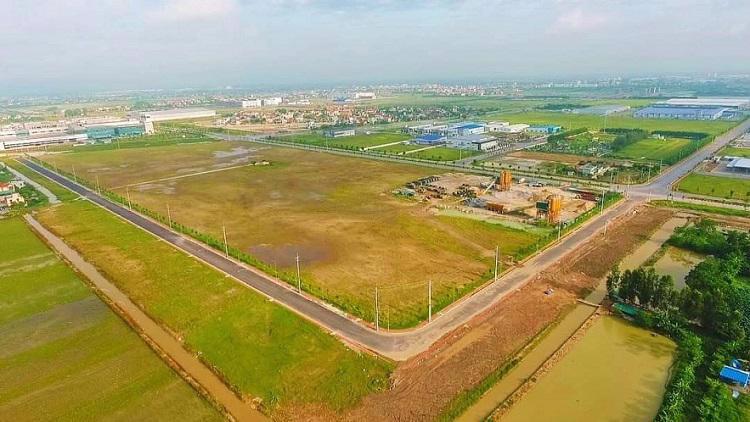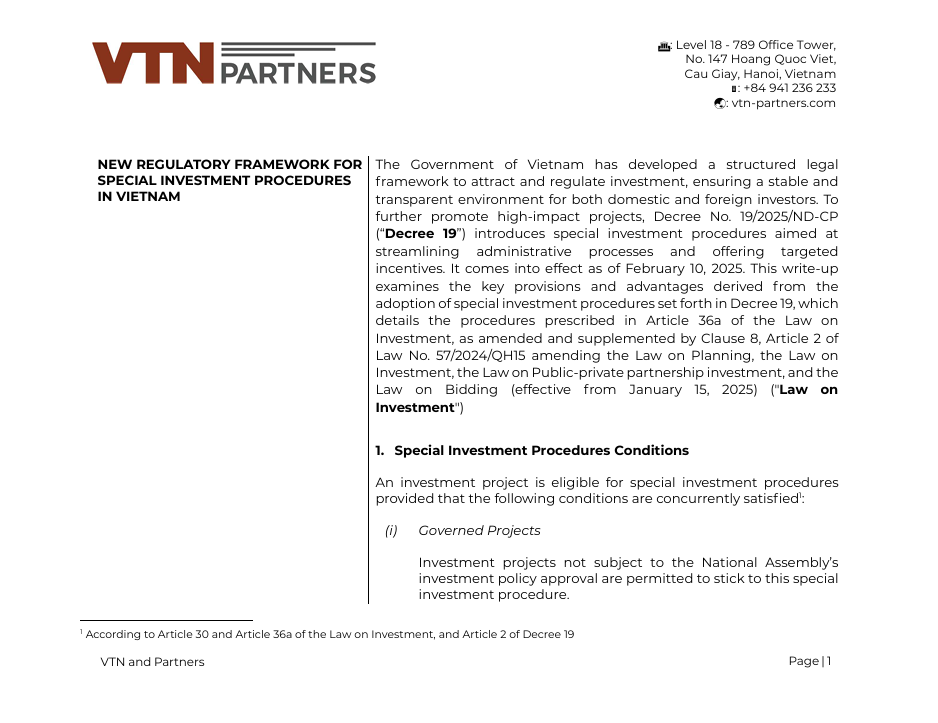Vietnam, in this day and age, has joined a number of free trade agreements under which its commitments on trade in services, on the one hand, play crucial parts in the investment strategies of foreign investors taking consideration of the market. On the other hand, the harmonization of local investment regulations also shares their role in luring more capital into the country.
Investing in conditional sectors by foreign investors in Vietnam must adhere to a number of conditions such as foreign ownership limit, forms of investment, scope of investment, capability of foreign investors and partners, and other conditions under the laws of Vietnam. The interpretation of such conditions is synthesized pursuant to the legislations of Vietnam and international treaties to which Vietnam is a signatory:
- Vietnam’s WTO Specific Commitments on Services (WTO Commitments);
- ASEAN Comprehensive Investment Agreement (ACIA);
- ASEAN Framework Agreement on Services (AFAS);
- Vietnam and Japan Economic Partnership Agreement (VJEPA);
- Vietnam and Korea Free Trade Agreement (VKFTA);
- EU–Vietnam Free Trade Agreement (EVFTA);
- Vietnam – UK Free Trade Agreement (UKVFTA);
- Comprehensive and Progressive Agreement for Trans-Pacific Partnership (CPTPP)
Under the prevailing requirements of the investment regulations, the Ministry of Planning and Investment of Vietnam is assigned to publish the list of business lines subject to market access restrictions comprising inaccessible sectors and accessible sectors with conditions on the national foreign investment portal (“Investment Portal”). There might be a delay in updating the conditions or differences between the Investment Portal and the legislations and treaties, the commitments and legislations will prevail.
International commitments – Positive approach versus negative approach
Positive approach means that international commitments are made by enumerating all measures that service providers or foreign investors can do in Vietnam. In contrast, the negative approach will provide all conditions/limitations.
The old-generation treaties employ the positive approach to set out the services included in the specific commitment lists, as such, Vietnam only commits to open markets for the services listed. For those unbound under such lists, Vietnam does not have any obligations for market access for foreign service providers.
Regarding the negative approach, the sectoral-specific commitments are also listed and limitations thereto are also provided along with reservations of the signatories. The epitome of this approach is CPTPP by which Vietnam is making no conditions or market access restrictions save for specific limitations and reservations in certain service sectors.
The bar is lifted, the door still shuts
Over the years trying to enter into more and more free trade agreements and negotiating successive commitments since the WTO Commitments with a view to achieving a progressively higher level of liberalization in accordance with GATS. The greater certainty in market access for foreign investors have made Vietnam market intriguing. Stacks of improvements are provided in recent treaties, a few are enumerated below.
In accordance with VKFTA, the Vietnamese market is open for Korean investors in the sector of rental/leasing other machinery and equipment without operators (CPC 83109) – joint venture with foreign capital of up to 51% equity, while it is unbound under WTO Commitment. Of late, under Annex 8b of EVFTA, Vietnam is opening the provision of maritime transport services including cabotage services by Vietnamese flagged vessels for the supply of integrated transport services. The advent of CPTPP is also working out huge potential and easing the burden of investors eyeing the opportunities. Examples of these can be named the packing services and services provided by midwives, nurses, physiotherapists, and paramedical personnel.
However, owing to the complexity of the treaties with different approaches, licensing authorities, and practices, tend to rely only on WTO Commitments without regarding and referring to others. Practice shows that they have brushed off countless dossiers and will continue to do so for the same reasons unless precise explanations are submitted, and they are walked through the jungle of instruments.
Harmonization and line of actions
From the investors’ view, it is always advisable to be aware that if they fall within the scope of an international investment treaty that offers more favorable conditions for market access than those provided by Vietnamese law, it may be prudent to consider applying the market access conditions stipulated in that treaty.
Foreign investors, when dealing with various international investment treaties containing different provisions regarding market access conditions, may consider the option of selecting and applying the market access conditions of a specific treaty to all sectors and industries in which they intend to engage. Once such a choice is made, it is essential to ensure full compliance with and the exercise of rights and obligations in accordance with the entirety of the provisions of the chosen treaty.
With regard to the the foreign ownership limit, the “highest foreign ownership limit” approach limits the combined foreign ownership in an economic organization, industry, or sector to the highest percentage set by any relevant international investment treaty should always be taken into account.
As Vietnam continues to push the boundaries of its global economic engagement, it seeks to create an environment that is increasingly attractive to foreign investment. The nation’s commitment to fostering growth and innovation remains unwavering, despite the myriad challenges and shortcomings encountered. While the path to harnessing the full potential of these international commitments has been complex, Vietnam’s determination to elevate its global standing in trade and investment remains resolute.
